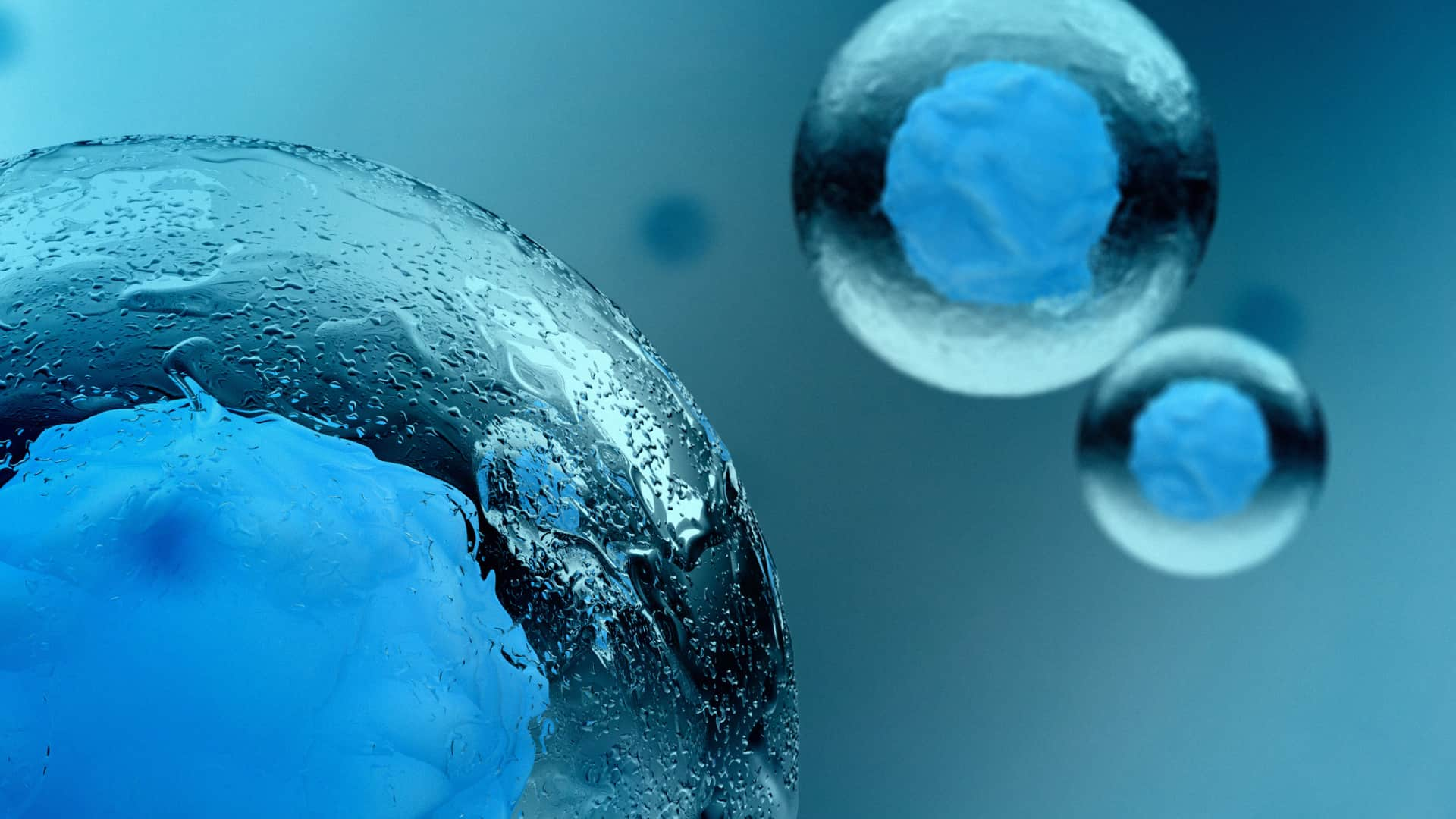Coleus Forskohlii Root Extract (20% Forskolin extract)

COMMON NAME
Forskohlii / Indian coleus
TOP BENEFITS OF COLEUS FORSKOHLII
Supports cardiovascular function *
Supports healthy body composition and bone structure *
Supports cellular function *WHAT IS COLEUS FORSKOHLII?
Coleus forskohlii, also known as Plectranthus barbatus (they are taxonomic synonyms) has a long history of use in traditional medicine worldwide, particularly in Ayurvedic medicine. It belongs to the same family as mint and lavender and is used as a condiment herb in India. Traditional uses of C. forskohlii include the support of gastrointestinal, liver, respiratory, cardiovascular, and nervous system function and health. C. forskohlii root is a source of a unique compound called forskolin, also known as coleonol. Forskolin supports the adenylate cyclase enzyme, allowing it to increase the levels of cyclic adenosine monophosphate (cAMP), which acts as a messenger molecule inside cells and is involved in many important signaling pathways and physiological functions [1–3].*
NEUROHACKER’S COLEUS FORSKOHLII SOURCING
Coleus forskohlii Extract is made from roots of the plants harvested in India. It is standardized to contain not less than 20% Forskolin.
Coleus forskohlii extract is non-GMO and vegan.
COLEUS FORSKOHLII FORMULATING PRINCIPLES AND RATIONALE
The amount of Coleus forskohlii extract used in studies has usually been based on the standardization and the amount of forskolin, since this is the marker compound for the plant. In humans, forskolin has been administered at amounts ranging from 10 to 50 mg/day. If the extract’s role in a formula is to solely support the cAMP enzyme, our serving will be lower than this range. If the role is based on a structure or function benefit from a human study, the serving selected would be consistent with the studied amount. Because many herbal extracts tend to follow hormetic dosing principles (see Neurohacker Dosing Principles), we believe that choosing a lower serving, especially when combined with other complementary ingredients, is sufficient to support healthy cellular function.*
COLEUS FORSKOHLII KEY MECHANISMS
Supports cellular function*
Supports the adenylate cyclase enzyme* [4–6]
Supports brain function*
Influences acetylcholinesterase activity – supports acetylcholine levels* [7–9]
Supports late LTP (via cAMP and the mTOR pathway)* [10]
Influences neural cytokine signaling* [11]
Supports healthy cardiovascular function*
Influences platelet aggregation* [12–14]
Supports vasodilation* [14]
Supports healthy blood pressure* [14–16]
Supports cardiac muscle strength (positive inotropic activity)* [14]
Supports general health*
Supports healthy metabolic function* [17,18]
Supports lipolysis (via cAMP upregulation)* [5]
Supports healthy body composition* [18,19]
Supports bone health* [17,18,20]
Supports antioxidant and free radical scavenging activities* [7,21,22]
Supports immune signaling* [11,22]*These statements have not been evaluated by the Food and Drug Administration. This product is not intended to diagnose, treat, cure, or prevent any disease.
REFERENCES
[1]R.H. Alasbahi, M.F. Melzig, Planta Med. 76 (2010) 653–661.
[2]R.H. Alasbahi, M.F. Melzig, Planta Med. 76 (2010) 753–765.
[3]C.W. Lukhoba, M.S.J. Simmonds, A.J. Paton, J. Ethnopharmacol. 103 (2006) 1–24.
[4]K.B. Seamon, W. Padgett, J.W. Daly, Proc. Natl. Acad. Sci. U. S. A. 78 (1981) 3363–3367.
[5]I. Litosch, T.H. Hudson, I. Mills, S.Y. Li, J.N. Fain, Mol. Pharmacol. 22 (1982) 109–115.
[6]K.B. Seamon, Drug Dev. Res. 6 (1985) 181–192.
[7]S. Porfírio, P.L.V. Falé, P.J.A. Madeira, M.H. Florêncio, L. Ascensão, M.L.M. Serralheiro, Food Chem. 122 (2010) 179–187.
[8]P.L. Falé, C. Borges, P.J.A. Madeira, L. Ascensão, M.E.M. Araújo, M.H. Florêncio, M.L.M. Serralheiro, Food Chem. 114 (2009) 798–805.
[9]P.L.V. Falé, P.J.A. Madeira, M.H. Florêncio, L. Ascensão, M.L.M. Serralheiro, Food Funct. 2 (2011) 130–136.
[10]D. Gobert, L. Topolnik, M. Azzi, L. Huang, F. Badeaux, L. Desgroseillers, W.S. Sossin, J.-C. Lacaille, J. Neurochem. 106 (2008) 1160–1174.
[11]T. Veremeyko, A.W.Y. Yung, M. Dukhinova, I.S. Kuznetsova, I. Pomytkin, A. Lyundup, T. Strekalova, N.S. Barteneva, E.D. Ponomarev, Front. Immunol. 9 (2018) 50.
[12]A.M. Siegl, J.W. Daly, J.B. Smith, Mol. Pharmacol. 21 (1982) 680–687.
[13]S. Adnot, M. Desmier, N. Ferry, J. Hanoune, T. Sevenet, Biochem. Pharmacol. 31 (1982) 4071–4074.
[14]N.J. de Souza, A.N. Dohadwalla, J. Reden, Med. Res. Rev. 3 (1983) 201–219.
[15]M. Jagtap, H.M. Chandola, B. Ravishankar, Ayu 32 (2011) 59–65.
[16]M.P. Dubey, R.C. Srimal, S. Nityanand, B.N. Dhawan, J. Ethnopharmacol. 3 (1981) 1–13.
[17]H.L. Loftus, K.J. Astell, M.L. Mathai, X.Q. Su, Nutrients 7 (2015) 9508–9522.
[18]M.P. Godard, B.A. Johnson, S.R. Richmond, Obes. Res. 13 (2005) 1335–1343.
[19]S. Henderson, B. Magu, C. Rasmussen, S. Lancaster, C. Kerksick, P. Smith, C. Melton, P. Cowan, M. Greenwood, C. Earnest, A. Almada, P. Milnor, T. Magrans, R. Bowden, S. Ounpraseuth, A. Thomas, R.B. Kreider, J. Int. Soc. Sports Nutr. 2 (2005) 54–62.
[20]J. Doorn, R. Siddappa, C.A. van Blitterswijk, J. de Boer, Tissue Eng. Part A 18 (2012) 558–567.
[21]V.K. Bajpai, Y.-H. Park, P. Agrawal, Frontiers in Life Science 8 (2015) 139–147.
[22]D.B. Menon, K. Latha, Pharmacognosy Journal 3 (2011) 75–79.




